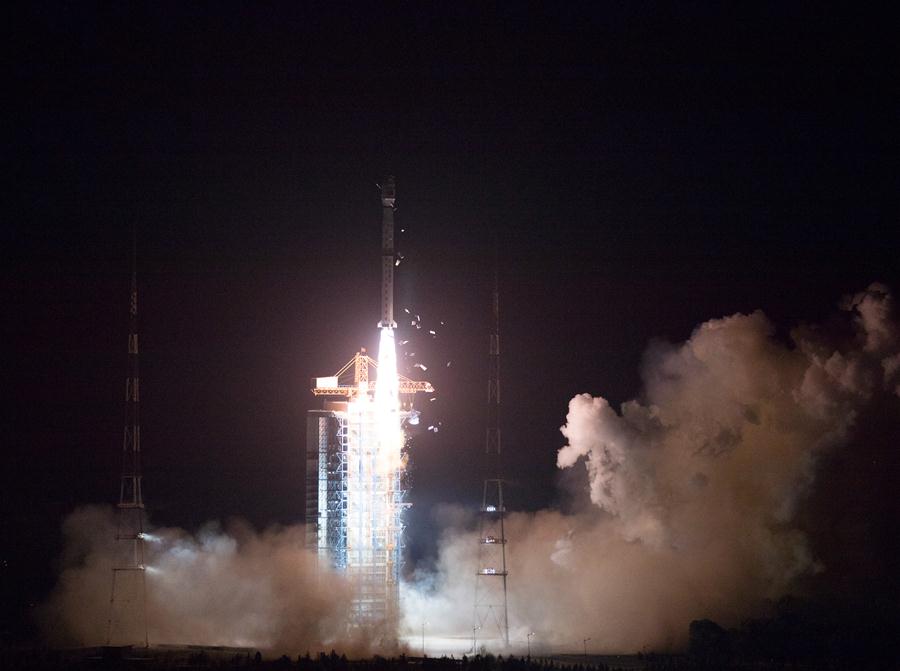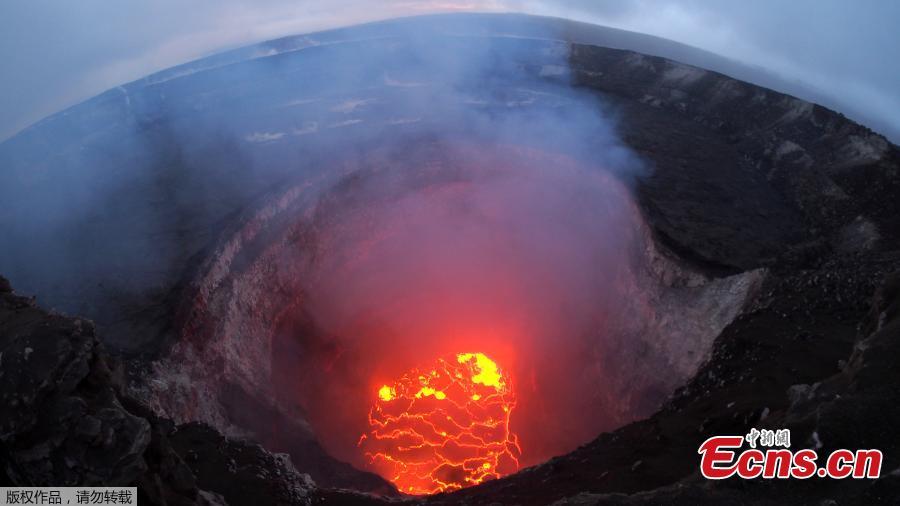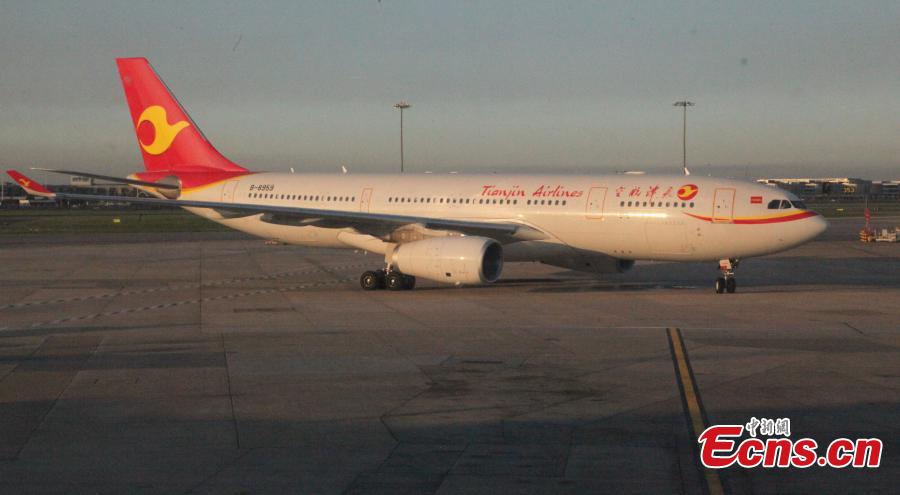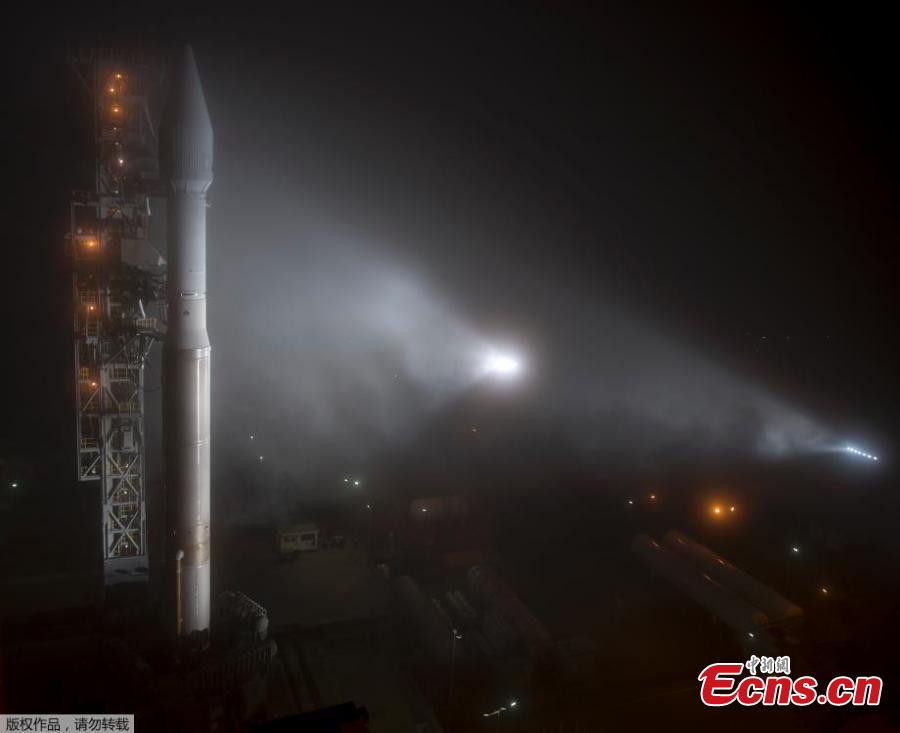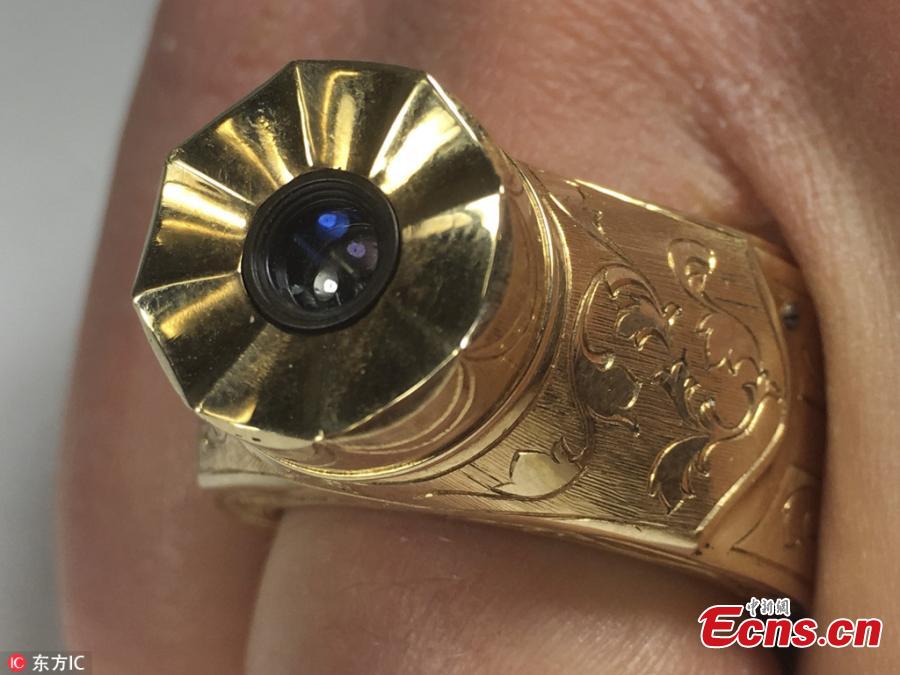A powerful, state-of-the-art telescope will have a trial run in southwest China's Tibet Autonomous Region at the end of this year, making professional observation possible on the "roof of the world," a local scientist told Xinhua on Thursday.
The KOSMA telescope, a 3-meter sub-millimeter-wave instrument, is part of the Yangbajain Astronomical Observatory at Yangbajain Township on the suburbs of Tibet's capital of Lhasa. The telescope is being currently tested.
"It is China's first sub-millimeter-wave telescope that can perform regular astronomical observation and Tibet's first professional telescope," said Wang Junjie, a researcher with China's National Astronomical Observatories of Chinese Academy of Sciences.
It is also the highest sub-millimeter-wave telescope in the Northern Hemisphere, according to Wang, who is also the leader of the telescope project jointly conducted by Chinese and German scientists.
The initiative, launched in 2009, is dedicated to joint research between several Chinese institutes and Germany's University of Cologne. It saw the dismantling of the KOSMA telescope in the Swiss Alps in 2009 and relocation to the current site at an altitude of 4,300 meters, one of the best places to observe cosmic rays in the world.
Wang said that superb atmospheric transparency had also made the site an ideal one.
Under the agreement, the telescope will be owned by China but the University of Cologne will be given 20 percent of observation time after it goes operational.
Wang said the telescope will be used to study subjects including molecular clouds and star formations, and, "We expect to make breakthroughs in research."
It is also hoped that the telescope will boost training of Chinese personnel in sub-millimeter-wave astronomy and prepare for the country's further development of a large-scale sub-millimeter-wave telescope, the scientist added.
Sub-millimeter-wave astronomy refers to astronomical observations carried out in the region of the electromagnetic spectrum with wavelengths from approximately 0.3 to 1 millimeter.











